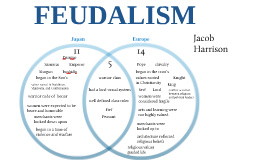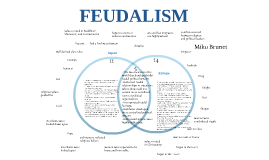

Shinto to the position of the "only religion" which provided a spiritualīasis for Japanese ultranationalism. This was made possible by elevating State The wartime regime was built upon theįoundation of pure religious statism. Japan embarked on a war of aggression against Asian countries in 1937 and against Of violating the Newspaper Law's prohibition against publishing materials disrespectful In 1921, for instance, three leaders of Omotokyo, a new religion which had emergedĭuring the 1890s, were arrested on charges of lèse-majesté and Of overt control over religions perceived as being at odds with State Shinto. In the early 20th century, Japanese authorities gradually adopted policies Groups viewed state authority as superseding the authority of their own religious The majority of priests followed suit, indicating that most Japanese Buddhist Of State issued an edict allowing Buddhist priests to eat meat and to marry.Īlthough these practices were traditionally forbidden to the Buddhist priesthood, To the nationalist goals of the Meiji leadership. Of Buddhism because, as an international religion, Buddhism appeared less amenable Of the constitution was sidestepped by claiming that State Shinto was not aĪt the same time, steps were taken to weaken the culturally superior position Conflict with the religious freedom article In time, State Shinto became a government institutionĪnd its priests government officials. Into the power structure by giving its priests and institutions privileged statusĪnd financial support. This through, among other strategies, integrating emperor-centered Shinto beliefs

Responded by modernizing the political economy, and by taking steps to strengthenĬultural identity and to consolidate national loyalty. Was faced with the internal threat of widespread civil discontent and the externalĬhallenge of having to negotiate with intrusive foreign powers. State Shinto: State Control through Emperor Worshipįollowing the collapse of the Tokugawa regime, the Meiji government (1868-1912) Grave" is maintained, and call upon its priest to conduct family funeral Registered-for example, they regularly visit the temple where their "family Still feel a special obligation to the temple with which their ancestors were The law establishing this system was rescinded in 1871, to this day many families Who as a group were more loyal to their religion than to the state. This system was aimed largely at detecting and persecuting minority Christians, Required every household to be affiliated with a particular Buddhist temple. Into the feudal administrative institution known as danka seido, a system that Religious organizations in the interests of the state." The Feudal System and Religionĭuring the Tokugawa period (1600-1868), Japanese Buddhism was formally incorporated World War II, the basic principle of government religious policy was to supervise As Kawawata (1996, 199) puts it, "Fromħ01, when the law of the land was first codified, until 1945 the end of Religious history in Japan has been characterized by a variety of forms ofĪssociation with the government, which has traditionally used religious bodies Historical Relations between Church and State The exception of opposition from certain religious minorities. As aĬonsequence, threats to religious freedom have rarely met with resistance, with Other factors inhibiting the maturation of a culture of religious liberty areĪn atmosphere of religious apathy, a general lack of respect for human rights,Ī tradition of social authoritarianism, the absence of a truly independent judiciaryĪnd, in recent years, an officially-sanctioned intolerance of religion. In the words of Metraux (1997, 217), "Americans haveĪ long tradition of the separation of the two entities, but that distinction,ĭespite the postwar constitution, does not exist in the Japanese cultural mind." Instead, the usual pattern of Japanese history has been for governments Such as the United States tend to take for granted, has no parallel in Japanese The principle of the separation between church and state, which Western countries Religious liberty-is still very much in its infancy. In the economic arena, however, Japan's culture of civil liberty-particularly In marked contrast to the rapid development it has enjoyed Since mid-century, Japan has grown to become one of the most highly industrializedĬountries in the world. Religious Freedom Problems in Japan: Background and Current Prospects - Tokihisa Sumimoto The International Journal for Peace StudiesīACKGROUND AND CURRENT PROSPECTS Tokihisa Sumimoto Introduction


 0 kommentar(er)
0 kommentar(er)
